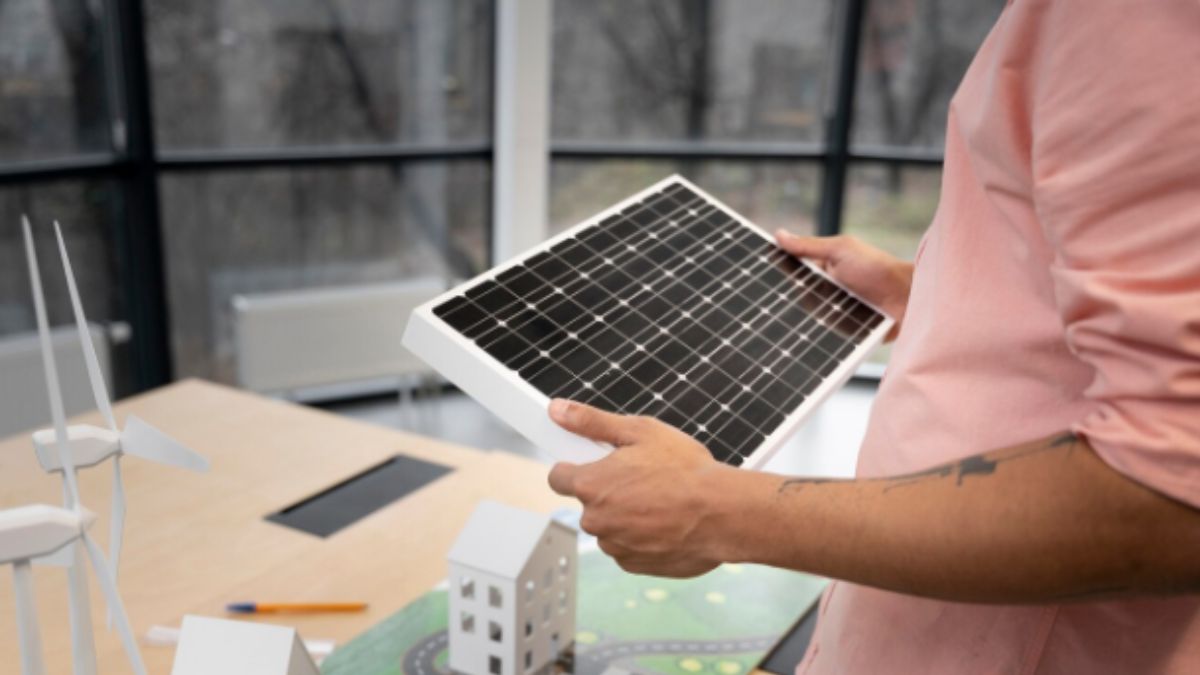The shift toward renewable energy has become more urgent as homeowners seek ways to reduce their reliance on traditional power grids and reduce environmental impact. Solar panels stand at the forefront of this movement, offering a reliable way to capture the sun’s energy and convert it into usable electricity for homes and businesses. Whether the motivation is lowering monthly utility bills or supporting broader environmental goals, solar panels provide an accessible pathway to cleaner energy. We will explore how solar panels have evolved to fit the needs of modern homeowners, from design flexibility to integration with other smart energy systems. As more people consider installing solar panels, understanding the process, benefits, and challenges can help guide informed decisions that align with personal and financial goals.
Ways solar panels have evolved to fit the needs of modern homeowners
- The Process of Choosing a Solar Installer
Selecting the right company to install solar panels is one of the most significant decisions a homeowner can make in their renewable energy journey. Not all providers offer the same level of service, product variety, or warranty coverage, making it essential to evaluate multiple options. A reputable company should begin with a detailed property assessment to determine whether the roof’s structure, orientation, and exposure to sunlight will support optimal energy generation. Homeowners should also inquire about the types of panels and inverters offered, as different brands and models vary in efficiency, durability, and aesthetics. Working with an experienced team like Solarponics can provide peace of mind, as they bring a long-standing reputation for quality installations and personalized customer service. Additionally, prospective customers should ask for clear, itemized quotes that outline labor, equipment, permitting, and potential upgrades, so there are no surprises down the line. By comparing multiple proposals and reading reviews from other clients, homeowners can choose an installer who meets their technical requirements and budget expectations.
- Installation, Permitting, and Project Timelines
Once a solar installer is selected, the next phase involves securing necessary permits and approvals before installation can begin. This process varies depending on local building codes, utility company policies, and homeowners’ associations. Permitting can sometimes take several weeks, requiring coordination between the installer and municipal authorities to ensure compliance. During this time, the installer may finalize the design and order materials specific to the project. Installation typically takes a few days, depending on the system’s size and the complexity of the roof. Technicians will mount racking systems, secure panels, connect wiring, and install inverters and other electrical components. Safety measures such as scaffolding, harnesses, or temporary barriers are implemented to protect workers and the home. After installation, a city inspector or utility representative may conduct a final review before approving the system for activation. Once permission to operate is granted, homeowners can officially start generating their electricity, marking a major milestone in their transition to renewable energy.
- Maintaining Solar Panels for Long-Term Efficiency
Solar panels are known for their low-maintenance nature, but a few proactive steps can help ensure they continue to perform at their highest capacity over the years. Dirt, dust, bird droppings, and leaves can accumulate on panels, reducing their ability to capture sunlight effectively. Cleaning the panels periodically, either with a hose or by hiring a professional cleaning service, helps maintain efficiency. In regions prone to heavy snowfall, clearing panels may be necessary to restore energy generation during winter. Homeowners should also monitor their solar energy system’s output through the monitoring software provided by the installer. This platform allows users to see real-time and historical data on how much electricity is produced daily, monthly, and annually. If the system underperforms or an error appears in the monitoring dashboard, it may signal an issue with a panel, inverter, or wiring that requires inspection. Most installers provide warranties covering equipment and installation workmanship, adding protection against potential failures or damage during the warranty period.
Solar Panels as a Long-Term Investment
Installing solar panels represents a commitment to financial savings and environmental stewardship. By choosing a reliable installer, navigating the permitting process, and staying proactive about maintenance, homeowners can enjoy the benefits of solar energy for decades. Solar panels lower electricity bills, increase a property’s value, and reduce carbon emissions. As solar technology advances, the potential for energy independence becomes even more accessible to households across various regions. With careful planning and the support of knowledgeable providers, transitioning to solar energy can be a smooth and rewarding experience. Whether motivated by economic, environmental, or personal reasons, solar panels provide a sustainable solution for those looking to invest in a cleaner, more self-sufficient future.











